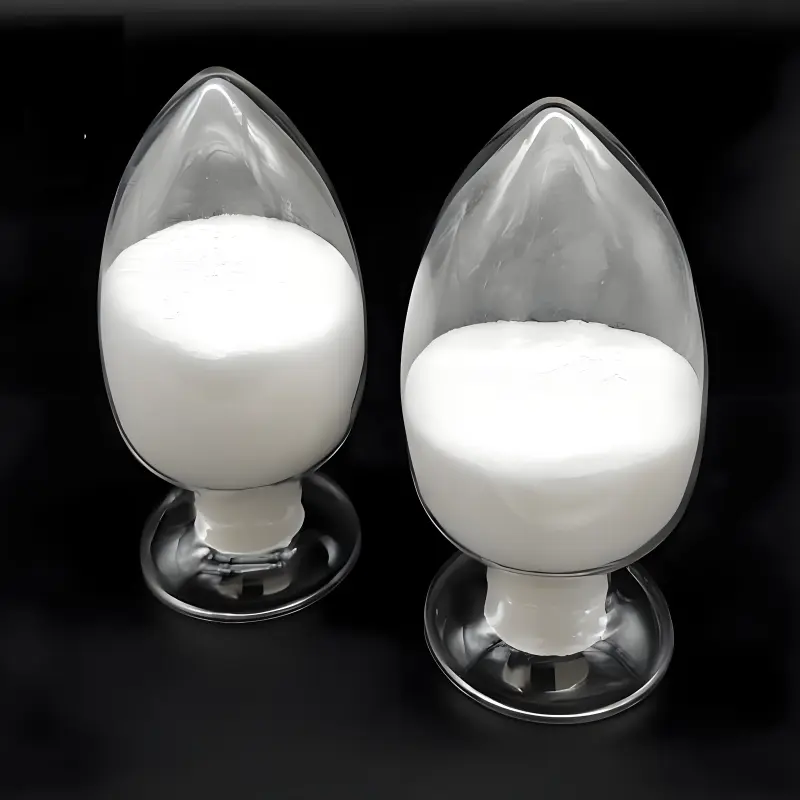-
Categories
-
Pharmaceutical Intermediates
-
Active Pharmaceutical Ingredients
-
Food Additives
- Industrial Coatings
- Agrochemicals
- Dyes and Pigments
- Surfactant
- Flavors and Fragrances
- Chemical Reagents
- Catalyst and Auxiliary
- Natural Products
- Inorganic Chemistry
-
Organic Chemistry
-
Biochemical Engineering
- Analytical Chemistry
-
Cosmetic Ingredient
- Water Treatment Chemical
-
Pharmaceutical Intermediates
Promotion
ECHEMI Mall
Wholesale
Weekly Price
Exhibition
News
-
Trade Service
Synthetic Routes of Ethyl (3S)-4-chloro-3-hydroxybutanoate
Ethyl (3S)-4-chloro-3-hydroxybutanoate, also known as THB, is a synthetic chemical compound that is commonly used in the chemical industry.
It is an important intermediate in the production of a variety of chemical products, including plastics, fibers, and other industrial materials.
There are several synthetic routes for the production of THB, each with its own advantages and disadvantages.
The choice of synthetic route depends on various factors, including the availability of raw materials, the desired purity of the product, and the cost of production.
One of the most common synthetic routes for THB involves the use of a chemical reaction known as the "alkali dimethylgloxime" reaction.
In this reaction, dimethylgloxime is treated with sodium hydroxide and the resulting intermediate is then hydrolyzed to produce THB.
This route is relatively simple and inexpensive, but it requires the use of caustic alkalis and is not suitable for the production of high-purity THB.
Another synthetic route for THB involves the use of a chemical reaction known as the "hydrolysis of dimethyl acetylmalonate".
In this reaction, dimethyl acetylmalonate is treated with water and the resulting intermediate is then hydrolyzed to produce THB.
This route is suitable for the production of high-purity THB, but it requires the use of expensive raw materials and is more complex and expensive than the "alkali dimethylgloxime" route.
A third synthetic route for THB involves the use of a chemical reaction known as the "reduction of methyl 2-(2,4-dichlorophenoxy)propionate".
In this reaction, methyl 2-(2,4-dichlorophenoxy)propionate is treated with a reducing agent, such as lithium aluminum hydride, and the resulting intermediate is then hydrolyzed to produce THB.
This route is suitable for the production of high-purity THB, but it requires the use of expensive reducing agents and is more complex and expensive than the other two routes.
In conclusion, there are several synthetic routes for the production of THB, each with its own advantages and disadvantages.
The choice of synthetic route depends on various factors, including the availability of raw materials, the desired purity of the product, and the cost of production.






